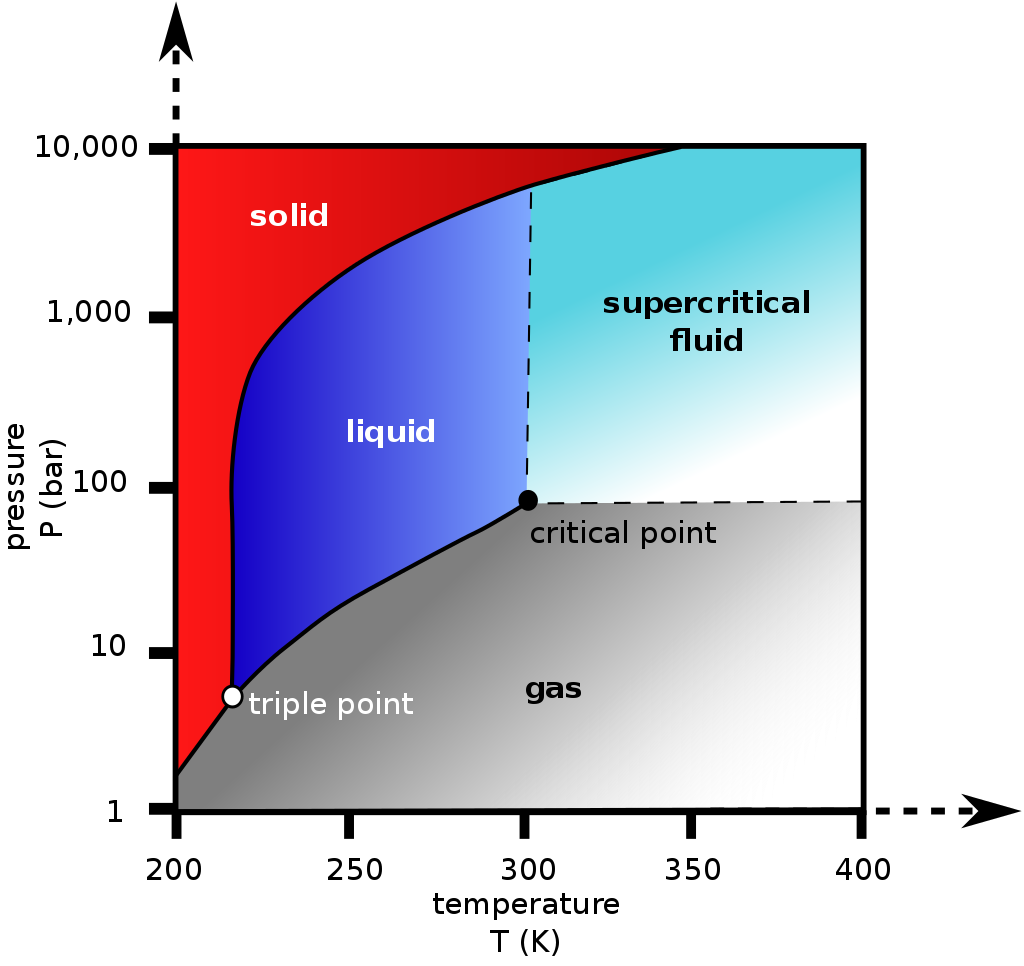Researchers from Spain’s Universidad Politécnica de Madrid (UPM) have proposed to store renewable electricity with a pumped thermal energy storage (PTES) system based on supercritical carbon dioxide (CO2) as the working fluid and molten salts as the thermal storage fluid.
PTES consists of applying a running thermal cycle to transform low-temperature heat into high-temperature heat and then storing it in a thermal storage unit during charging. This kind of storage technology allows higher storage efficiencies than the direct electric heating of the thermal storage unit and is claimed to be a promising technique for the management of intermittent renewable energies. Supercritical CO2 is a commercial and industrial fluid state solvent that allows many compounds to be extracted with little damage thanks to the relatively low-temperature process at which it is used.
In the proposed PTES design, supercritical CO2 is utilized as a heat pump and a heat engine. A cycle compressor takes the carbon dioxide during the charging phase and raises its temperature and pressure to the maximum level. The thermal energy generated is then stored in a hot storage unit that lowers the fluid temperature until it reaches the inlet value of a turbine.
“Once the fluid is expanded in the turbine, generating a certain amount of power that will reduce the energy required by the compressor, the fluid temperature is increased using cold thermal storage until reaching the operating inlet temperature of the compressor,” the scientists explained. “The energy in the cold storage system comes from the discharge phase of the cycle. In this process, the cycle works in the opposite direction than explained before.”
During the discharge cycle, the compressed CO2 raises its own temperature using hot storage energy and is then expanded, producing both electrical and mechanical energy for the compressor power requirements, as well as thermal energy that is stored in the cold storage system to be used later during the charging phase. A heat recovery unit was also deployed to reduce the number of heat exchangers, their size, and thermal storage media.
Popular content
The techno-economical analysis of the systems was performed considering the levelized cost of storage (LCOS) as the key parameter and the best performing configuration was found to achieve an LCOS of €0,116/kWh. “This value places the PTES of this research as one of the most cost-efficient technologies,” the researchers noted. “The best pumped-storage hydroelectricity (PHS) and pumped heat electrical storage (PHES) cases only surpass the mark. The initial cost is much higher for both technologies, and the geographical conditions are particular and rare.”
The system performance was assumed not to decrease after a long sequence of cycles. “The net work generated by this novel proposal is 12.46MW in the load and 10MW in the discharge, reaching an efficiency of 80.26%,” the Spanish group emphasized.
The system is described in the paper Electrical energy storage using a supercritical CO2 heat pump, which was recently published in Energy Reports.
This content is protected by copyright and may not be reused. If you want to cooperate with us and would like to reuse some of our content, please contact: editors@pv-magazine.com.



net *work